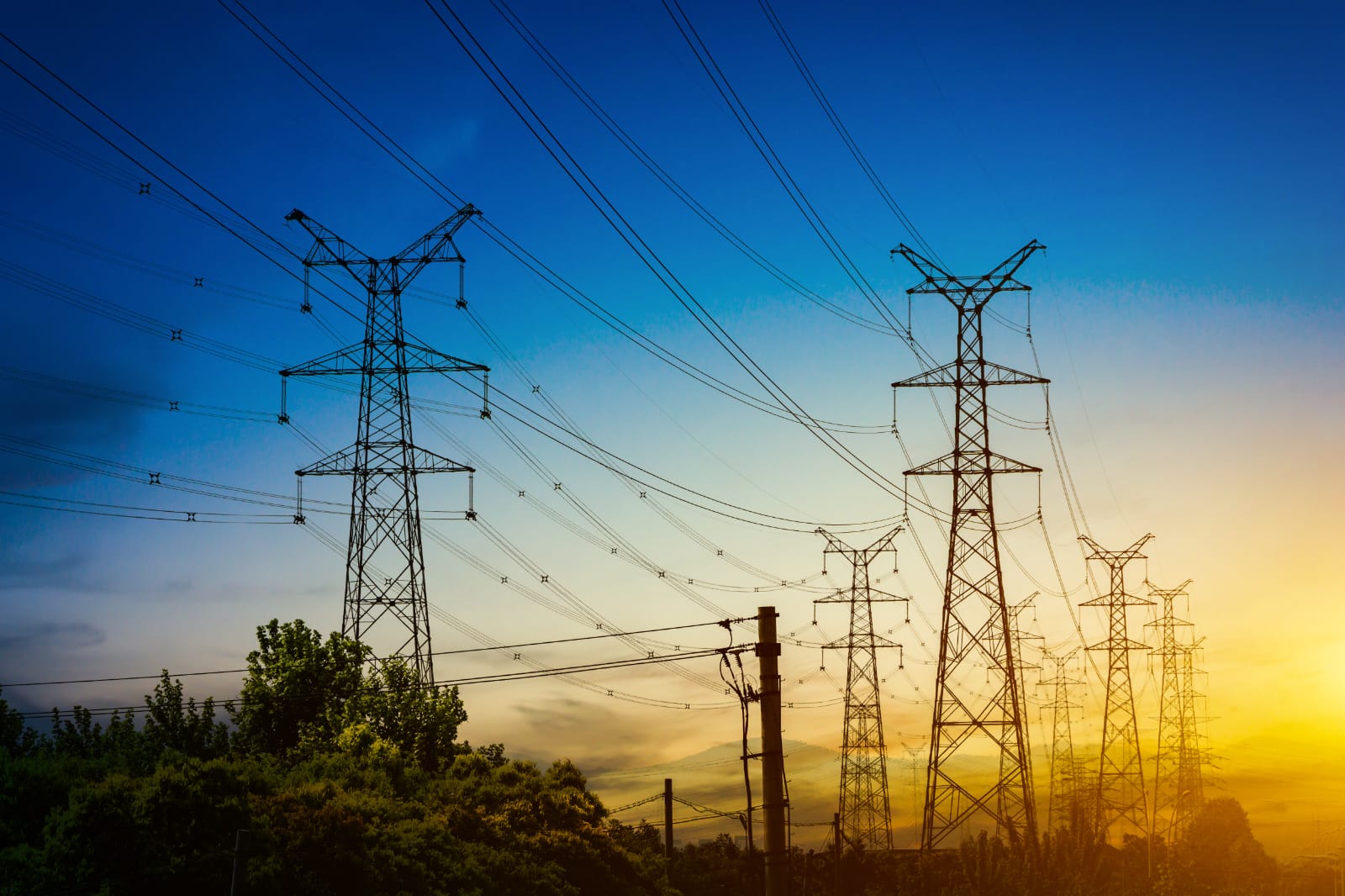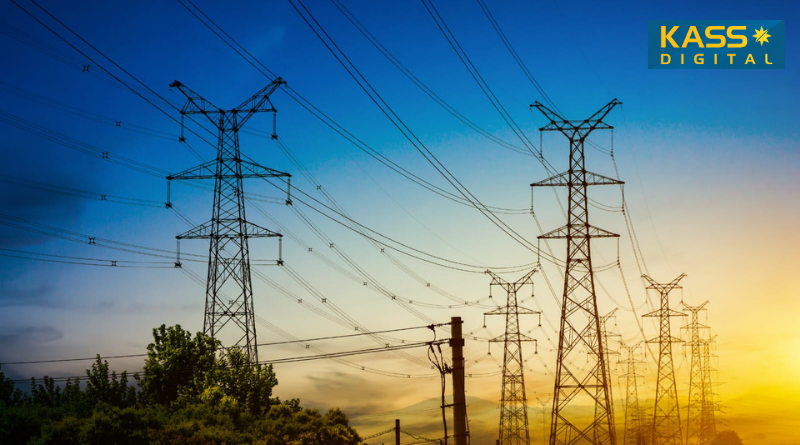Kenya’s Power Demand Hits Record 2,411.98 MW in October
By Chemtai Kirui, NAIROBI,
The electricity demand has reached an all-time high of 2,411.98 megawatts (MW) this month, signalling renewed industrial activity and growing household consumption.
According to the latest data from the Energy and Petroleum Regulatory Authority (EPRA) and sector updates, the record peak surpasses the previous 2,363 MW recorded in August 2025, reflecting increased use of power across factories, transport systems and homes.

The surge was largely supported by renewable generation from the Kenya Electricity Generating Company (KenGen), whose geothermal and hydropower plants exceeded output targets. KenGen currently anchors grid stability with more than 1,605 MW in installed renewable capacity, mainly from geothermal, hydropower, wind and solar.
KenGen Managing Director and CEO Eng. Peter Njenga noted that the growth in energy consumption points to Kenya’s continued economic resilience and the success of investments in clean power.
“Our renewable generation continues to anchor grid reliability and reduce reliance on expensive thermal power, in line with national climate goals,” said Njenga.
The Energy Ministry said the rising demand underscores Kenya’s progress toward universal electricity access, with the national connectivity rate now estimated at over 77 percent of households.
Energy Cabinet Secretary Davis Chirchir welcomed the record figures, describing them as “a sign of a growing economy and expanding electrification.”
Kenya’s installed electricity capacity currently stands at 3,321 MW, with more than 90 percent of it sourced from renewable energy.
Analysts, however, warn that sustained growth could strain existing transmission infrastructure if grid expansion and maintenance do not keep pace. The Kenya Power and Lighting Company (KPLC) is currently implementing network modernisation and smart-metering projects aimed at cutting power losses and improving reliability.
The record demand comes amid a national push for electric mobility, manufacturing and agricultural processing — sectors expected to sustain higher energy use through the short-rains season and beyond.




